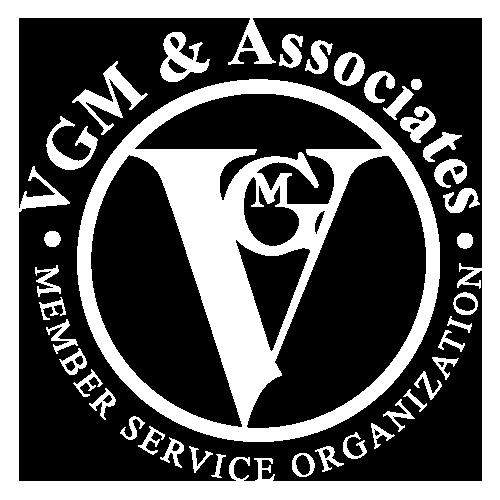Incontinence Supplies Market Outlook 2025





The adult incontinence supplies market in the United States is undergoing steady and significant growth, with annual expansion rates estimated between 2-7%, depending on the source. Conservative projections suggest a growth rate of 2-4% annually, reflecting a stable increase in demand driven by demographic changes and evolving consumer attitudes. This anticipated expansion is expected to be fueled by continued advancements in product design and materials, which are making incontinence products more discreet, comfortable, and effective. These innovations are helping to reduce the stigma associated with incontinence and encouraging more consistent product use among consumers.
One of the most influential trends shaping the adult incontinence market is the aging of the population, particularly in developed countries like the United States. As healthcare improves and life expectancy increases, a growing number of individuals are living into advanced age, where the likelihood of experiencing incontinence rises. This demographic shift is creating sustained demand for incontinence products across a variety of care settings, including home care, assisted living, and long-term care facilities.
Simultaneously, the market is being transformed by innovation in product design and materials. Manufacturers are investing in research and development to create products that are not only more effective but also more comfortable and less noticeable. Features such as ultra-thin absorbent cores, breathable fabrics, and odor control technologies are becoming standard, enhancing the user experience, and promoting dignity and confidence among users.
The rise in e-commerce is another major trend influencing the market. Online shopping platforms offer consumers a discreet and convenient way to purchase incontinence products, which is particularly important for a category often associated with embarrassment or privacy concerns. As a result, companies are increasingly focusing on digital marketing strategies and optimizing their online distribution channels to meet consumer expectations.
Additionally, the growing presence of private-label brands is intensifying competition. Retailers are launching their own incontinence product lines at competitive prices, challenging established brands to differentiate themselves through superior quality, innovation, and customer engagement.
Despite the market’s growth trajectory, several challenges persist that could impact its development. One of the most significant barriers is the limited insurance coverage for incontinence products. In many cases, these supplies are not fully reimbursed by public or private health insurance plans, which can place a financial strain on consumers—especially those with lower incomes or fixed retirement budgets.
Affordability remains a critical issue, particularly as companies strive to balance innovation with cost-effectiveness. While new technologies and materials improve product performance, they can also increase production costs, which may be passed on to consumers. This creates a tension between offering high-quality, innovative products and maintaining price accessibility for a broad consumer base.
Moreover, the market is highly competitive, with numerous brands competing on factors such as price, quality, and availability. This competitive pressure can lead to pricing challenges and margin compression, requiring companies to continuously invest in product development, marketing, and operational efficiency to sustain their market positions.
The financial scale of the adult incontinence market in the United States is substantial and continues to grow. According to recent estimates, the urinary incontinence segment is projected to see a compound annual growth rate (CAGR) of 6.8%. This figure is projected to increase to $13.37 billion in 2025. These figures reflect strong and consistent demand for incontinence products across the country.
These projections underscore the long-term growth potential of the market, driven by demographic trends, increased awareness, and continuous product innovation.
Within the broader incontinence market, the adult segment is experiencing particularly strong growth. This is largely due to increased public awareness, reduced stigma, and the introduction of more user-friendly and discreet products. As consumers become more informed and proactive about managing their health, they are more likely to seek out and consistently use high-quality incontinence solutions.
Healthcare advancements are also contributing to market growth. Improved diagnosis and treatment of conditions that contribute to incontinence—such as diabetes, obesity, and neurological disorders—are increasing the demand for supportive care products. Additionally, the healthcare industry’s growing emphasis on aging in place and home-based care is boosting the need for reliable incontinence solutions that can be used outside of institutional settings.
Projected to increase to $13.37 billion in 2025.
13.37

This
products.

The adult incontinence supplies market in the United States is poised for continued growth, driven by powerful demographic trends, increasing consumer awareness, and ongoing product innovation. As the population ages and the stigma surrounding incontinence diminishes, demand for high-quality, discreet, and effective products is expected to rise steadily. While the market faces challenges such as limited insurance coverage and pricing pressures, these are being met with strategic responses from manufacturers, including investment in research and development and expansion into digital sales channels. The evolving landscape presents significant opportunities for stakeholders across the healthcare, retail, and consumer goods sectors to meet the needs of a growing and increasingly empowered consumer base. With a strong foundation and clear growth trajectory, the U.S. incontinence market is not only expanding in size but also maturing in sophistication and accessibility.
VGM Industry Insights provides data-driven analysis and trends within the durable medical equipment, prosthetics, orthotics, and supplies (DMEPOS) sector. Our focus areas include market trends, innovation, and strategic decision-making, helping stakeholders stay informed and competitive. We are committed to a forward-thinking approach, continuously monitoring industry developments to drive progress and innovation.

ALAN MORRIS SVP of Strategy

TYLER COULANDER Market Strategy Manager

